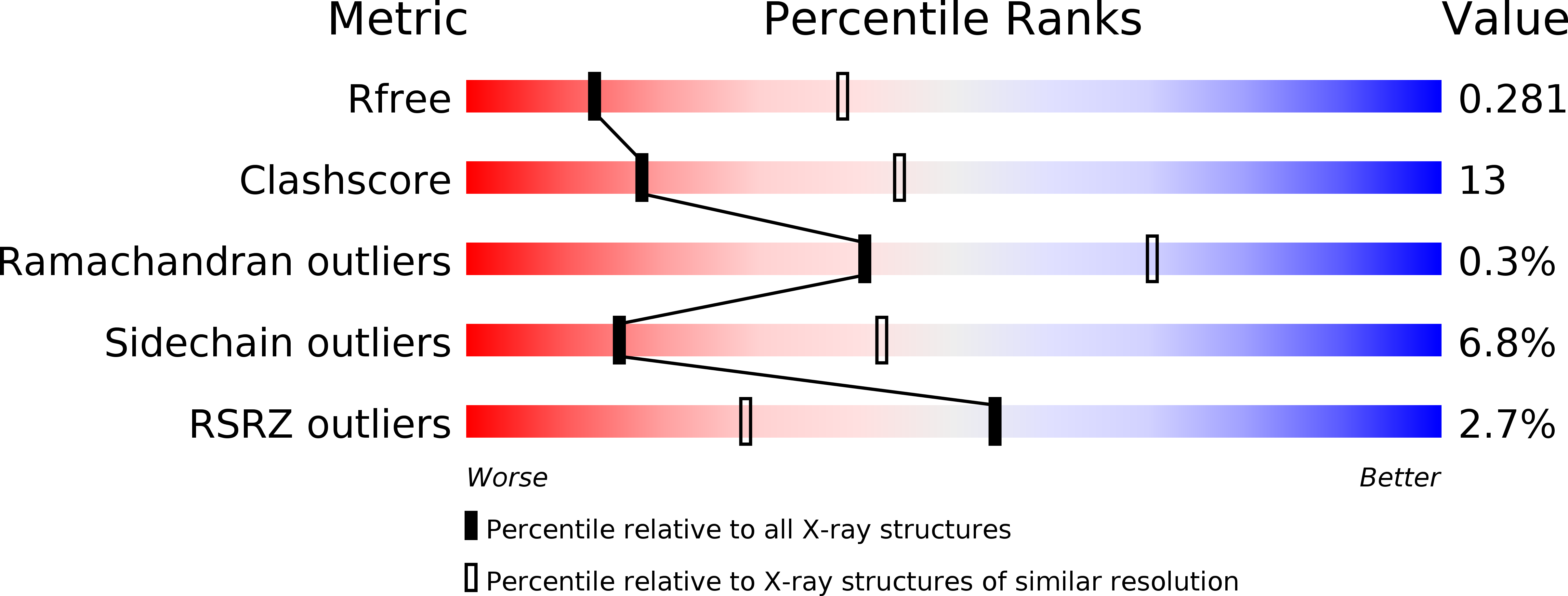
Deposition Date
2010-10-07
Release Date
2010-11-24
Last Version Date
2024-02-21
Entry Detail
PDB ID:
3P4R
Keywords:
Title:
Crystal structure of Menaquinol:fumarate oxidoreductase in complex with glutarate
Biological Source:
Source Organism:
Escherichia coli 042 (Taxon ID: 216592)
Escherichia coli O55:H7 (Taxon ID: 701177)
Escherichia coli O55:H7 (Taxon ID: 701177)
Host Organism:
Method Details:
Experimental Method:
Resolution:
3.05 Å
R-Value Free:
0.28
R-Value Work:
0.24
R-Value Observed:
0.24
Space Group:
P 21 21 21


